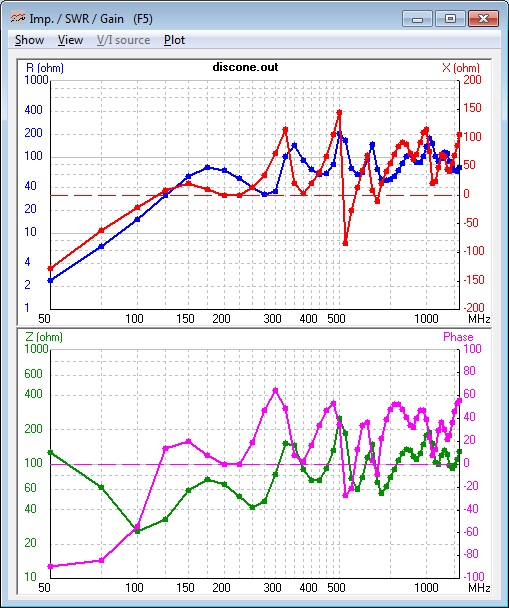Also, is it best to stay away for equivalent products? If so, why?
Yes.
Because it's really easy for someone to say something is "equivalent" on the internet.
Equivalent can mean a number of things:
Same physical size, uses the same connectors?
Same construction?
Same jacket material?
Same performance numbers?
Or is it some cheap Chinese knock-off?
Part of the true costs of installing coaxial cable is the labor. Climbing up on the roof or your attic has risks. Paying someone else to do it costs money (or beer…)
Asking what is "best" leaves a lot of questions.
Budget is a big factor. No point in someone recommending something if you cannot afford it.
No point in recommending a big stiff cable if you have to snake it through a window, door jamb, vent hole, have to make a sharp bend, etc.
Other question to ask yourself is if your needs will ever change? It's for a scanner now, but at some point will you decide to get your amateur license? Might you need/want to transmit at some point? 75Ω coax can work for that, but you might be better off getting something else if you can afford it.
Connector installation needs to be considered, too. Are you buying this pre-terminated, or are you comfortable/equipped to do your own connector installs? RG-6 is really easy to put F connectors on.
But if you use F connectors, you need to add adapters. Adapters can be problematic, especially outdoors. They can be a weak spot. They can add loss. You can do RG-6 to BNC, but they are more expensive.
RG-6 would be fine for 30 feet and a basic install.
If cost is not a big deal, the LMR-240 might be a better choice in the long term, and get a shop to do the connector install for you.


